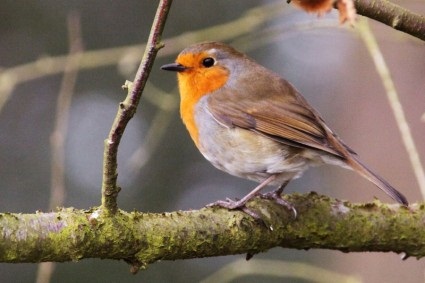UN study finds that British birds are bigger up North
Date 13.11.2015
13.11.2015
Dr Duncan McCollin, Dr Robin Crockett and former student James Hodgson from the University of Northampton have just had their paper ‘Do British birds conform to Bergmann’s and Allen’s rules? An analysis of body size variation with latitude for four species‘ published in the journal Bird Study.
The analysis reported in this paper concerns a classic pattern found in other parts of the world but rarely tested here in Britain, that animals are larger the further north you go. The reason for this is probably due to energy conservation: larger animals have a more efficient surface area to volume ratio and so conserve body heat more effectively.
The analysis completed by Duncan McCollin and his co-authors considered four native bird species and – using records from bird ringers throughout Britain – found some evidence for this pattern with male Blackbird and female House Sparrow both increasing in body size northwards, and the female Robin and male Song Thrush decreasing in wing length northwards. However, the Robin, voted this year’s national bird, bucked the national trend. Unexpectedly, and contrary to expectations, the female Robin decreased in size northwards. The reason for this is unknown but might be due to a battle of the sexes. Robins are one of the few species for which females maintain their own territories during winter and are also a species that do not show such clear differences between males and females.
Bird Study, published four times a year by the British Trust for Ornithology, features high quality papers from the field of ornithology – particularly in relation to evidence-based bird conservation. ‘Do British birds conform to Bergmann’s and Allen’s rules? An analysis of body size variation with latitude for four species‘ is published in Bird Study Volume 62, Issue 3.